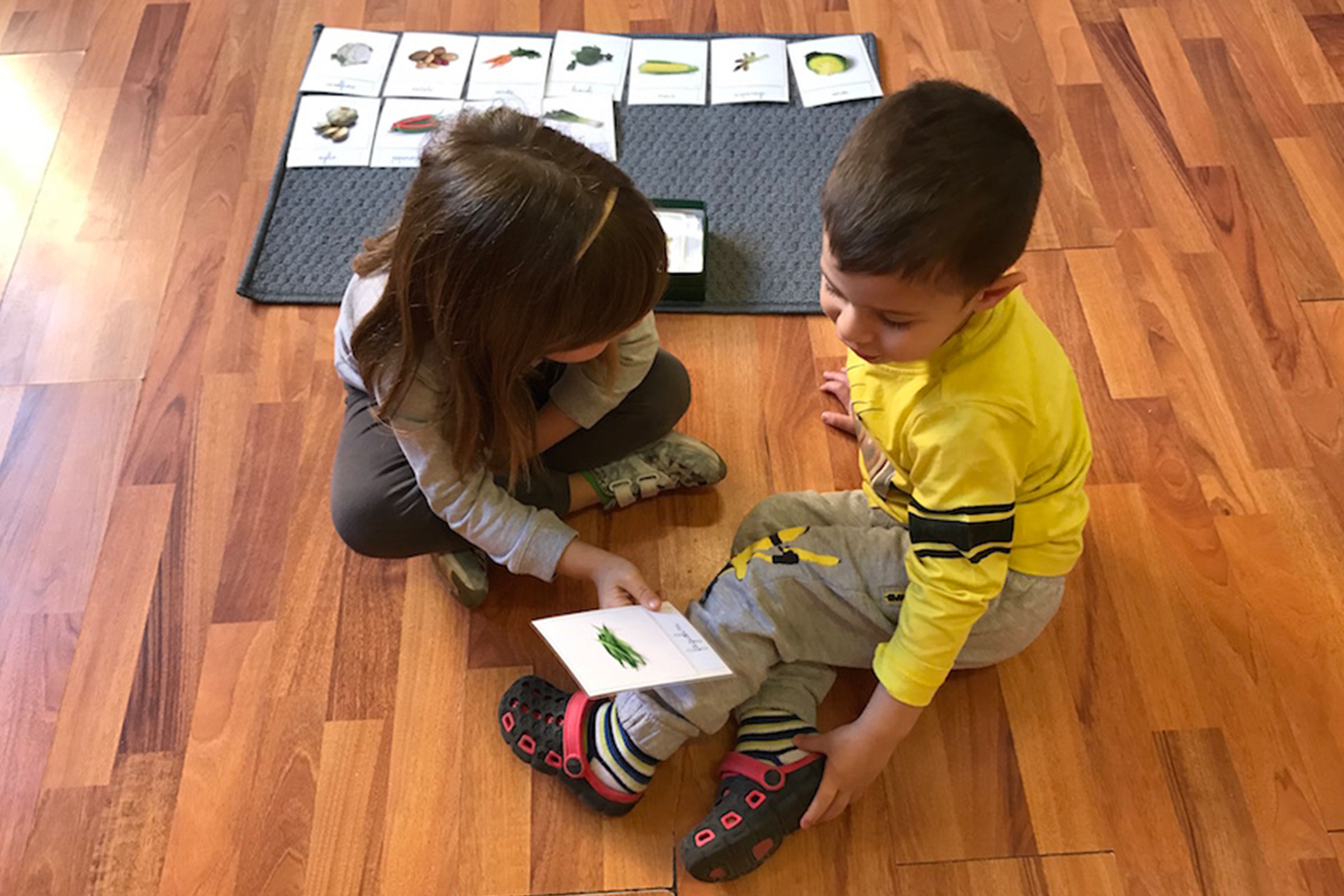The first thing to be considered is the goal of introducing different languages. If the desired outcome is a simple exposure to a non-dominant language, then this could be quite simple. If the desired outcome is language fluency, then the approach is quite different.
If the desired outcome is simple exposure, then the teaching of songs, counting, colours, etc. could be easily introduced, by a native speaker and experienced as any other language game in a Casa.
If the desired outcome is some level of fluency, then, just as with a child’s first language, the child needs constant exposure to the additional language(s) in normal, everyday activities and connected with a human being who speaks the language without an accent. Language is then conceived as a tool for communication between/among humans, not just a skill to be learned.
The most optimal way to introduce different languages into a Montessori environment is to have a native language speaker, one for each language introduced, working in the environment, full-time. The children will gradually absorb the vocabulary, and the language structure and begin, just as with their first language, to communicate with their level of fluency. Just as with their first language, they comprehend before they can speak. With continued experiences, the language skills will gradually improve, as they did with the child’s first language, as long as the language is used as a communication tool between humans.
